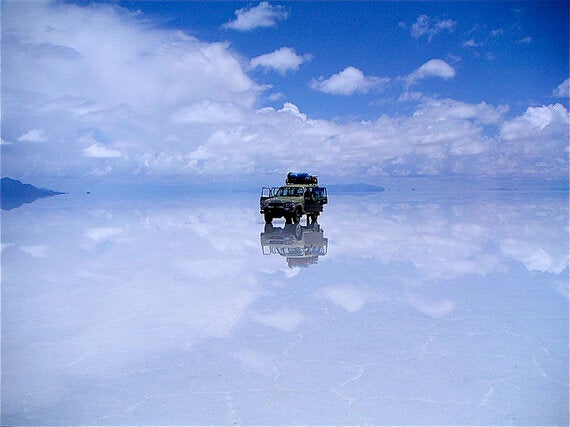
Salar de Uyuni, Bolivia © Patrick Nouhailler
Nature is full of mysteries. A hidden cove here; a unique rock formation there. A curiously pink lake; a cave that glows in the dark. The richness and diversity of nature is what prompts us to seek out these concealed places and one-of-a-kind wonders.
Scratch beneath the surface, however, and there's more to Mother Nature than meets the eye. Scratch really deep and all sorts of oddities start to emerge: rare elements that occur in just a handful of places; metal deposits that are worth several times their weight in gold.
There are two tales to be told here: the official story of why visitors flock to these diverse regions and the unofficial story of why these sites are so valuable - and that's a story that's got nothing to do with tourist shekels.
Where there's muck, there's brass
These hidden riches and the methods used to extract them may not be pretty, but there's beauty in their fragility: how can something be so scarce and yet so essential to modern life?
Without these unsung elements, much of the technology we take for granted would disappear. And yet to get to these rare deposits, large tracts of land are decimated in the process.
As geology and geophysics professor Thomas Gradael explains: "Twenty or thirty years ago electronics were being made with 11 different elements. Today's computers and smartphones use something like 63 different elements."
Terbium: Longchuan County, China
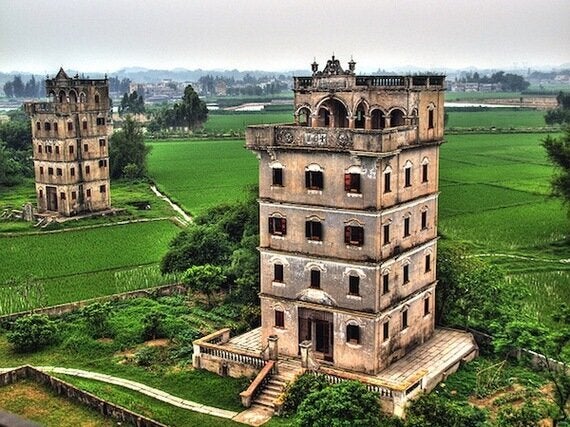
Kaiping Diaolou, Guangdong © Kevin Poh
Bordering the South China Sea and within shipping distance of Hong Kong, Guangdong is a key region: not only is it China's richest province, but it's the home of the Cantonese people and language. Much of our perception of China is based upon the Guangdong residents who've emigrated to the West over the past 100 years.
Gourmands should head straight to Guangzhou, whose restaurants and street markets are filled with local delicacies that are best devoured while they're still hot and sticky. The province's greatest attractions are natural, not urban however: the majestic Mount Daxia and Qingxin Hot Springs.
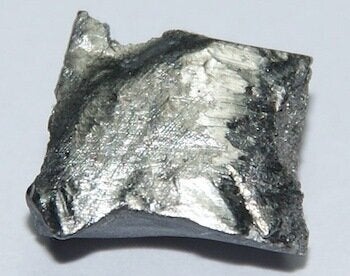
One thing you won't find while flicking through Guangdong's tourist brochures is the terms 'rare earth metal' or 'terbium'.
This silvery white metal is soft, malleable and as rare as unicorn poop. Due to its use in fluorescent lamps and TV tubes, terbium is very much in demand, and yet doesn't occur naturally in nature.
So where does it all come from?
Most of the world's terbium is derived from the ion-adsorption clays of Southern China. Terbium's uses - which include naval sonar systems and magnetomechanical devices - are ingenious. Its extraction process however is catastrophic: much of China's rare earth mines are controlled by criminal gangs. With profits getting the nod over conservation, it's no surprise to see vast swathes of land, such as the land which surrounds Guyun Village, riven by orange scars where clay pits and deposited dirt have killed off the once-verdant rice fields. The acids used to extract terbium from the clay leach into the soil, tainting the water and fish farms.
Dysprosium: Halls Creek, Australia
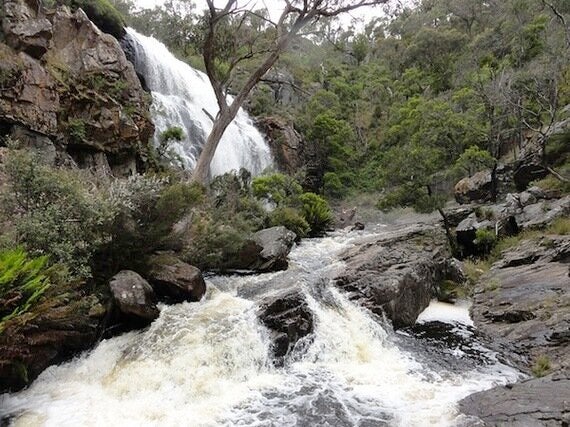
Halls Gap, Western Australia © eGuide Travel
Its population numbers barely over 1,000, but Halls Creek has a rich pedigree. The Western Australian town has been occupied for thousands of years; first by Aborigines, and then by Europeans in search of riches. On Christmas Day 1885, prospector Charlie Hall stumbled across a one kilo lump of gold, making him a rich man and causing the town to be renamed in his honour.
These days, visitors are less encountering fist-sized gold deposits, but the town still attracts visitors, most of whom are set on exploring the Kimberley or wandering Purnululu Bungle Bungle National Park, which lies a plane ride away. Hall Creeks gold mines may have closed, but the town's love affair with precious metals lives on.
You've probably never heard of dysprosium but you'll have seen it in action: this remarkable element is a critical part of electric motors, whose weight it can reduce by 90%. It can also make lighting systems 80% more efficient - no wonder that dysprosium prices have soared by 700% in the last ten years.
While 99% of the world's dysprosium comes from China's Guangdong and Jiangxi Provinces, it won't always be that way. It turns out that having one nation controlling the bulk of the world's precious metals can cause all manner of problems. Plans are in place to start sourcing dysprosium from Western Australia's beautiful but desolate Halls Creek.
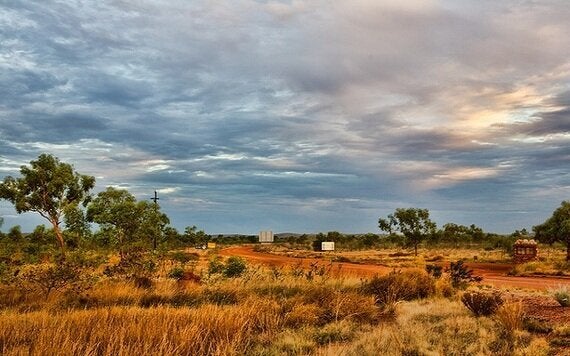
Tanami Road in Australia © Michael Theis
Scandium: Evje-Iveland, Norway
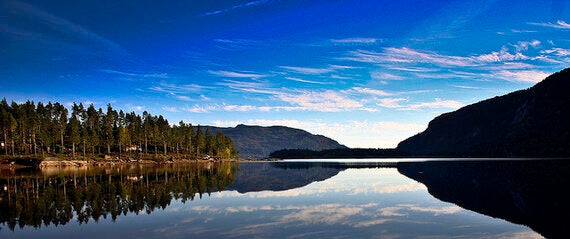
Biglandsfjord - Evje - Norway © Paul Sumner
To the south of Norway lies the beautiful Evje-Iveland region, awash with placid lakes and dense forests that are home to roe deer, beaver and all kinds of birds. For anyone seeking solace, Evje-Iveland is a pastoral jewel, a place where clean air and clear thoughts come as standard. Bring some binoculars and stout hiking boots and prepare to lose yourself amongst the fjords, pines and quarries.
The keenest visitors to this exquisite region aren't ornithologists however - they're mineralogists.
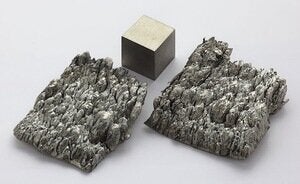
Traces of scandium can be found all over the world, but don't expect to stumble over any on your travels: less than 500 kilos of the silvery-white metal were traded last year. Concentrated amounts of scandium can be found in just a handful of places across the world, most notably in Madagascar and Norway, where it is extracted from rare minerals such as euxenite and gadolinite.
The Evje-Iveland area of Norway is prized for its mines and quarries that contain an array of rare minerals. Scandium isn't mined here commercially, but this scenic region is the best place to find the rare earth element in its native state.
What's so good about scandium? It's used to strengthen alloys, and is sought after by the aerospace industry. It's also been used in high performance sports equipment including baseball bats and bicycle frames.
Rhodium: Ural Mountains, Russia
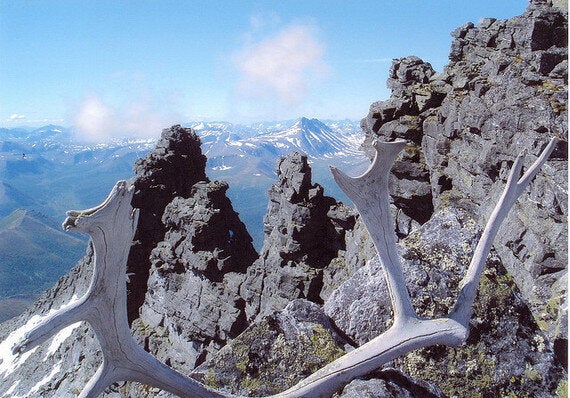
Urals © Irina Kazanskaya
Running from north to south, the Urals form the backbone that bifurcates Russia. Extending for some 1,500 miles, the jagged mountain range is carpeted by Siberian forests that are home to brown bear, wolves, lynx and pine martens. While a haven for those who appreciate the finer points of nature, the Urals are also historically significant: when Peter the Great was unleashing the kraken on the Swedes in the early 18th century, the mountains served as a military stronghold. A quarter of a millennium later, the Russians relocated much of their industry to the Urals, far from the clutches of the marauding Nazis.
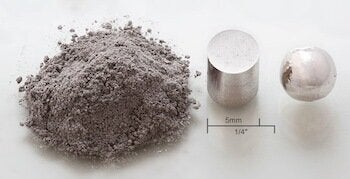
The Ural Mountains' greatest asset however is not their wildlife, history or military - it's their minerals.
Regarded as the world's most valuable metal - more precious even than gold or platinum - rhodium is a noble metal. That's not a superlative - that's it's actual classification, thanks to rhodium's resistance to corrosion and oxidisation.
80% of the world's rhodium is used in catalytic converters on account of its corrosion resistance. It's also paired with other precious metals including white gold and sterling silver, which are plated with rhodium to prevent tarnishing. It's hard, it's shiny and it's impervious to most acids.
It's not just rhodium's incredible properties that account for its high price - there's also the fact that it's rarer than blue steak. Just 30 tonnes of the previous metal are produced every year, with the bulk of it coming from South Africa and Russia's Ural Mountains.
Phosphorous: Polk County, Florida

Bok Tower Gardens, Florida © Trish Hartmann
In a state not short of tourist attractions, Polk County offers simpler pleasures, away from the hubbub of the big resorts and sprawling theme parks. Its gentle slopes are lined with orange groves, while its freshwater lakes are teeming with life. Fishing, birdwatching and golf - that Floridian staple - are the main lures here. The food is also pretty accomplished, with Polk County's grillhouses serving up fresh swordfish and steak in generous portions. It's not all sunshine and shrimp however - Polk is also home to a much deadlier catch, one you won't find advertised on Florida's tourism websites.
One of the essential building blocks of life, phosphorous can be found in many forms and many places. Commercially, it is primarily used in fertiliser: without phosphorous, crop production would plummet, leading to major global food shortages.
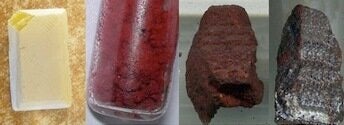
Phosphorous also has more notorious uses, with its most volatile incarnation - white phosphorous - prone to glowing in the dark when exposed to oxygen. It's used to make napalm and other things that go boom.
Phosphate rock, from which this potent element is derived, has been mined in Florida since the 19th century, with Polk County accounting for the bulk of the Sunshine State's haul.
With the world's phosphorous reserves set to run out within the next century, alternative fertiliser sources are already being considered. Some of the most promising research in this field is examining the feasibility of urine diversion. That's right: pee. Urine contains 70% nitrogen and may one day be put to use in the fields instead of being flushed away. The more you know...
Lithium: Salar de Uyuni, Bolivia
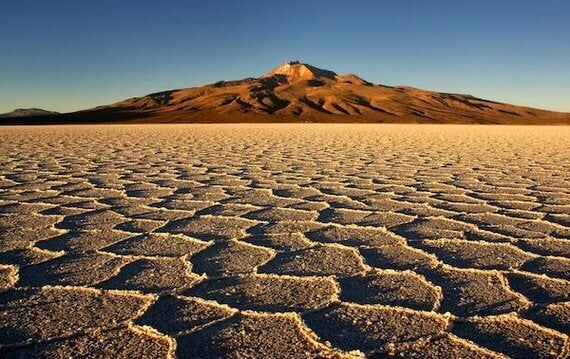
Salar de Uyuni and volcano Tunupa, Bolivia © Anne Berger
Salar de Uyuni is an astonishing place for numerous reasons. Bolivia's vast salt plain is as flat as a pancake and large enough to be visible from space. Despite its striking natural beauty, Salar de Uyuni's days may be numbered: beneath its plains lie the world's largest lithium deposit. Thanks to its use in laptop and smartphone batteries, lithium demand has skyrocketed in recent years. If any of the places in this article warrant visiting, it's Salar de Uyuni.
Photo of Terbium © Wikipedia
Photo of Scandium © Wikipedia
Photo of Rhodium © Wikipedia
Photo of Phosphor © Wikipedia
Written by Kai Sedgwick, a travel writer for HomeAway.co.uk.